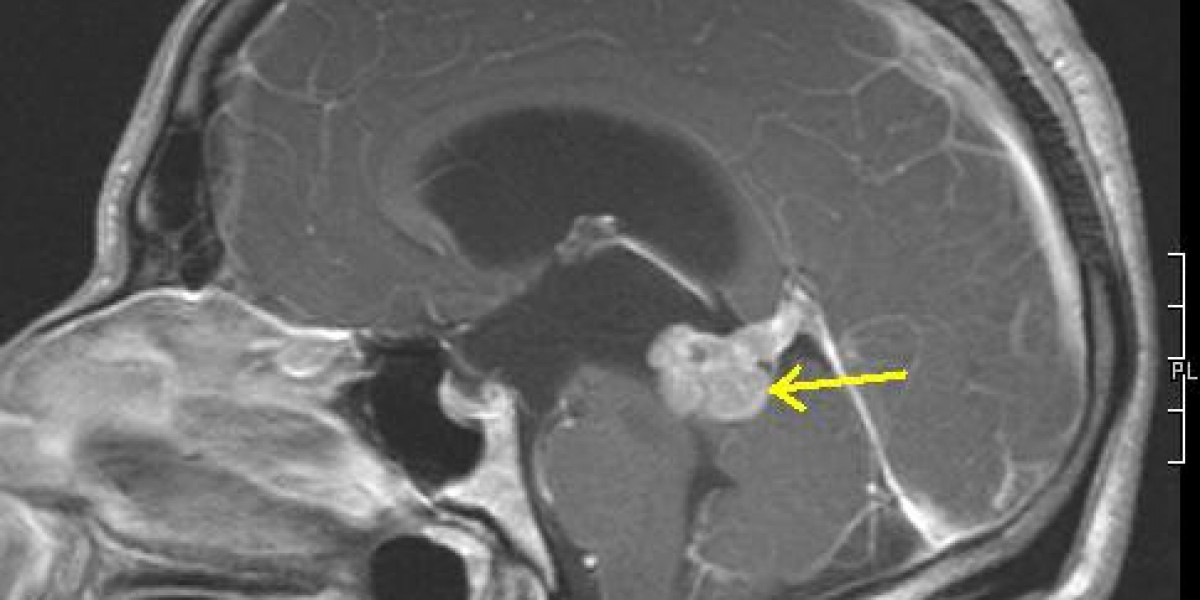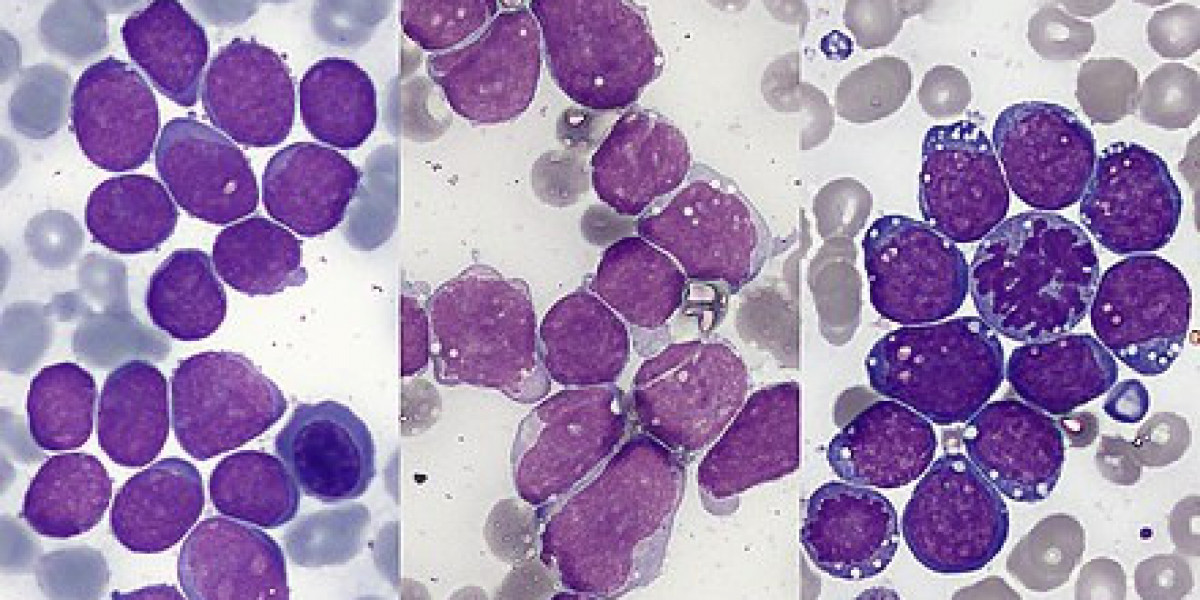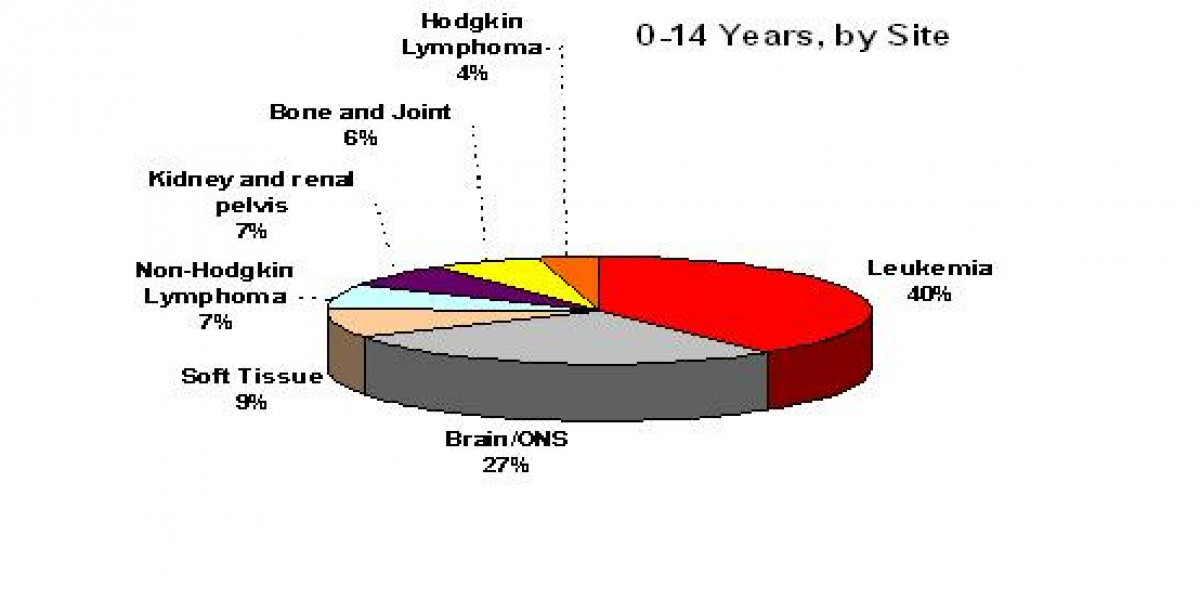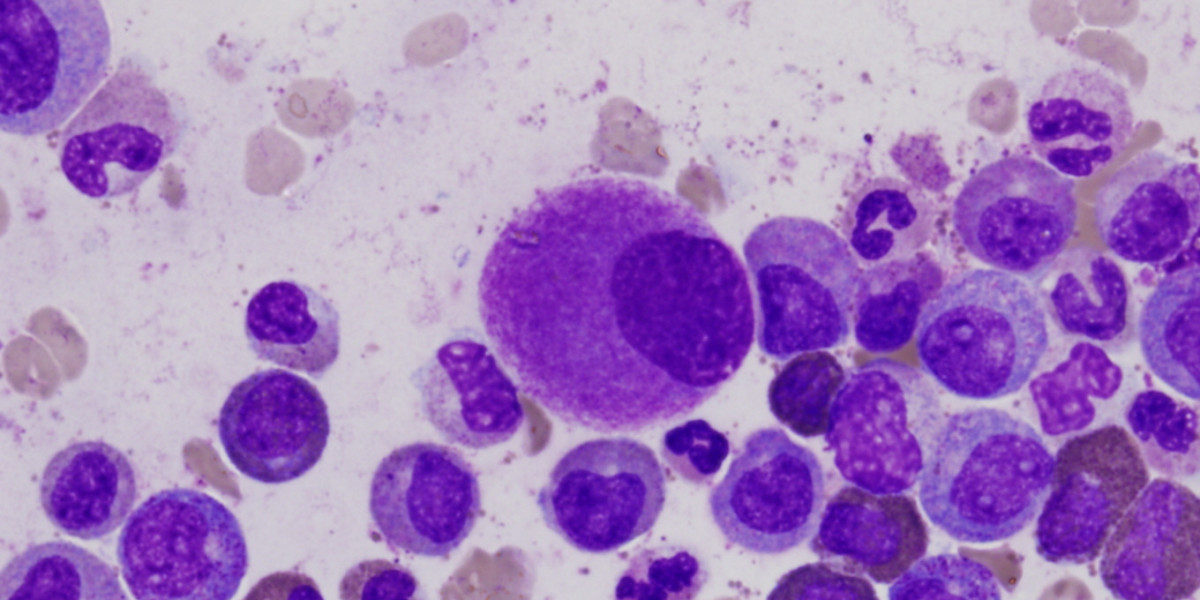Table of contents:
Learning that you or a loved one has abnormal blood test results can be disconcerting. It can also feel extra challenging to wait for a call from your doctor after seeing your results in MyChart (or the electronic medical records your hospital uses).
If you’ve been told your monocyte count is higher than normal, you may be asking yourself, “What does that mean?” or “What cancers cause high monocytes?”
Understanding what monocytes are, why they might be elevated, and how specific blood cancers factor into this issue can help expand your understanding and alleviate anxiety.
Monocytes are a vital type of white blood cell that act like the body’s “cleanup crew,” working tirelessly to remove harmful germs, dead cells, and other debris. Though it can feel overwhelming to learn about different blood cells—especially if you or a loved one is facing health concerns—it may be reassuring to know that monocytes are on your side. Essentially, these cells support your immune system’s natural ability to fight off infections and keep you feeling as well as possible by isolating and breaking down potential threats (Loghavi and Khoury 2018).
Normal blood counts fall within a range established by testing healthy men and women of all ages. When you get blood drawn, your cell counts are compared to those of healthy individuals of similar age and sex. Nearly all lab reports include a "normal" range or high and low "values" to help you understand test results.
Each type of white blood cell has an expected normal range in healthy individuals. For monocytes, the typical percentage range is between 2% and 8% of total white blood cells.
An absolute monocyte count that climbs above 10% (or 800 per mm³) is generally considered high, although these numbers can differ slightly depending on a lab’s reference range. A reference range is the set of normal values used to interpret test results, and it may differ from one hospital to another due to differences in equipment and testing methods.
When monocytes are outside their typical range, the explanation isn’t always alarming. Levels can rise in response to:
Some people ask, “Do high monocytes indicate cancer?” The straightforward answer is: Not always. Elevated monocyte counts can signal an infection, inflammation, or a wide range of other issues. However, certain blood cancers are indeed associated with high monocytes, which is why monitoring these levels can be important.
While a variety of health conditions can influence monocyte counts, a few specific blood cancers stand out for their relationship with elevated monocytes:
Several conditions and treatments may predispose you to having elevated monocyte counts:
Often, elevated monocytes may not result in clear-cut symptoms by themselves. Instead, the symptoms of high monocytes may overlap with the underlying condition that caused the count to rise. In general, people might experience fatigue, weakness, swelling in affected areas, and fever. However, there are specific symptoms of CMML and JMML.
Specific to CMML:
Specific to JMML:
Medical professionals often use a blood differential test to pinpoint how many monocytes are circulating in your bloodstream. This test calculates the percentage of each type of white blood cell, helping identify whether one subset, such as monocytes, is significantly elevated. A complete blood count (CBC) is usually paired with a blood differential test to offer a comprehensive look at red blood cells, white blood cells, and platelets. However the blood differential test can be done without a CBC as a follow up test or to focus on one WBC type.
A doctor might order these tests if you present symptoms of infection, persistent fatigue, unexplained fever, or to help diagnose conditions like anemia. If the results reveal that monocyte levels are above normal, further testing may be warranted to rule out specific causes.
Treatment approaches vary considerably based on the underlying cause. Generally, doctors focus on addressing the root condition rather than trying to lower monocytes in isolation:
Through research, patient support, and education, The Leukemia & Lymphoma Society (LLS) helps individuals and families facing leukemia, lymphoma , and other blood cancers.
Your support for LLS fuels this life-saving work. Every dollar brings us closer to cures for leukemia and lymphoma.
Elevated monocyte levels can be unsettling, particularly if you’re worried that they might signal a serious illness. While it’s natural to wonder, “Do high monocytes indicate cancer?”, the answer often depends on a thorough evaluation by a medical professional. Should a diagnosis of blood cancer arise, remember that organizations such as The Leukemia & Lymphoma Society are here to provide guidance, education, and support. The more informed and supported you are, the better equipped you’ll be to advocate for yourself or your loved one.
Loghavi, Sanam, and Joseph D. Khoury. 2018. “Recent Updates on Chronic Myelomonocytic Leukemia.” Current Hematologic Malignancy Reports 13 (6): 446–54. https://doi.org/10.1007/s11899-018-0475-5. ;
Patnaik, Mrinal M., and Ayalew Tefferi. 2019. “Chronic Myelomonocytic Leukemia: 2020 Update on Diagnosis, Risk Stratification and Management.” American Journal of Hematology 95 (1): 97–115. https://doi.org/10.1002/ajh.25684. ;
Niemeyer, Charlotte M., and Christian Flotho. 2019. “Juvenile Myelomonocytic Leukemia: Who’s the Driver at the Wheel?” Blood 133 (10): 1060–70. https://doi.org/10.1182/blood-2018-11-844688. ;
Originally published on The Cancer Research Institute: https://www.lls.org/blog/blood-cancers-cause-high-monocytes-understanding-connection








